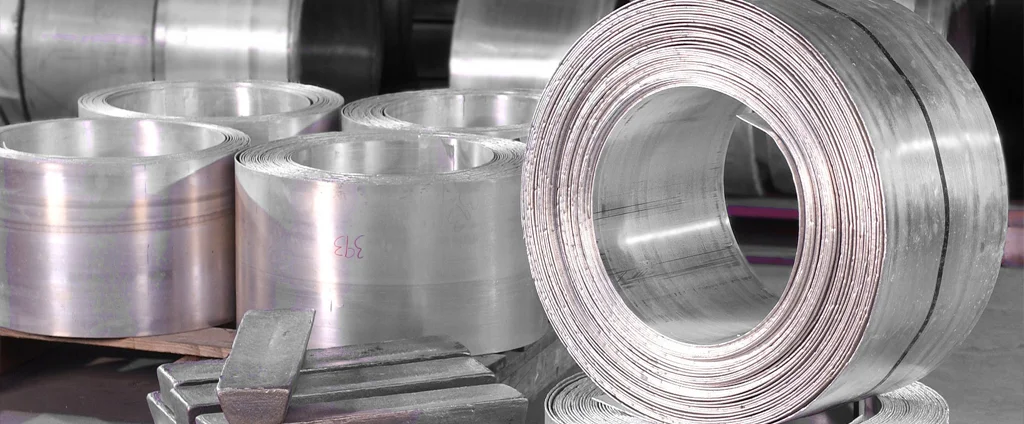Magnesium WE43-T6 (UNS M18430)

WE43-T6 is a premium magnesium alloy recognized for its remarkable strength, excellent creep resistance, and superior weldability. Its lightweight nature and robust mechanical properties make it a preferred choice in demanding applications, particularly within aerospace sectors, including aircraft components and spacecraft structures.
| Chemical Composition | ||
|---|---|---|
| Element | Min | Max |
| Magnesium | —— | Remainder |
| Copper | —— | 0.03% |
| Lithium | —— | 0.2% |
| Manganese | —— | 0.15% |
| Neodymium | 2.4% | 4.4% |
| Nickel | —— | 0.005% |
| Silicon | —— | 0.01% |
| Yttrium | 3.7% | 4.3% |
| Zinc | —— | 0.2% |
| Zirconium | 0.4% | 1.0% |
The following table provides a list of magnesium WE43-T6 properties in both SI and US customary/Imperial units.
Click on the button to switch between Metric and Imperial units.
| Physical Properties | Metric |
|---|---|
| Density | 1840 kg/m3 |
| Mechanical Properties | Metric |
| Tensile Strength (Ultimate) | 250 MPa |
| Tensile Strength (Yield) | 162 MPa |
| Young’s Modulus (E) | 44.2 GPa |
| Shear Modulus (G) | 17 GPa |
| Poisson’s Ratio (ν) | 0.27 |
| Brinell Hardness 500 kg load, 10 mm ball | 85 |
| Knoop Hardness Converted from Brinell | 109 |
| Vickers Hardness Converted from Brinell | 96 |
| Thermal Properties | Metric |
| Melting Point | 545 - 640 °C |
| Solidus | 545 °C |
| Liquidus | 640 °C |
| Thermal Conductivity | 51.3 W/m·K |
| Electrical Properties | Metric |
| Electrical Resistivity | 1.48×10-5 Ω·cm |
The values in this table are approximate and can vary depending on various factors such as the specific manufacturing process and heat treatment applied to the alloy.
Advantages & Disadvantages of Magnesium WE43-T6
| Advantages | Disadvantages |
|---|---|
| Strong | Corrosion-prone |
| Lightweight | High cost |
| Corrosion-resistant | Difficult to machine |
| Weldable | Low melting point |
Applications of Magnesium WE43-T6
WE43-T6 offers versatile performance across multiple industries, making it suitable for critical components including:
- Aerospace: Used in construction of aircraft bodies, engine parts, and landing gear.
- Automotive: Applied in engine blocks, transmission housings, and suspension components.
- Marine: Utilized in boat hulls, propellers, and rudders.
